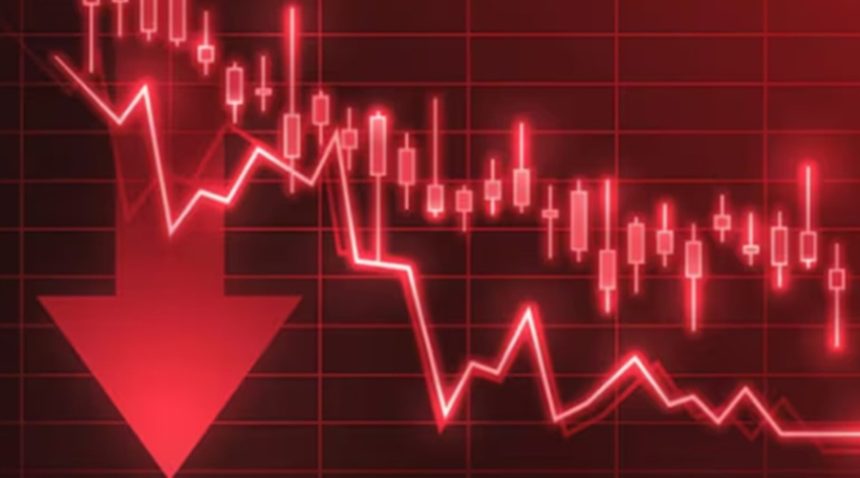Uncover the latest data, expert strategies, and whether this drop signals a rebound or a deeper slide
More than a bit of tumult has gripped global financial markets in 2025, forcing investors to rethink the implications of market corrections. These corrections, defined as any decline from present highs by 10% or more, have seen several forces: geopolitical tensions, policy changes, and economic indicators aligning together.
It remains pertinent to ascertain whether these corrections are opportunities or warnings ultimately influencing the investment decisions to be made.
Understanding Market Corrections
Market corrections have been around for a while in history. Since 1929, the S&P 500 has encountered 56 corrections; of those 22 legitimately matured into bear markets exhibiting declines of 20% or greater. Essentially, corrections are the catalyst for markets recalibrating values and expectations from investors.
The Recent Market Situation
Beginning in 2025, a 6,144 all-time-high for the S&P 500 was acclaimed during a mood of general optimism concerning the new administrative policies; however, only some weeks later, the index reacted negatively to the announced developments and fell about 10%, attaining the correction thresholds.
The dramatic welcoming of badly-needed tariffs on U.S. “Liberation Day” on April 2, a large factor in this particular downturn, were slapped, including a 10% baseline on all imports and a 125% tariff upon Chinese goods. The markets in the world were sent to a selling frenzy as in two trading days the Dow Jones Industrial Average sank to over 4,000 points while the S&P 500 closed at 10% decline, thus erasing $6.6 trillion of market value.
Investor Sentiment and Strategic Responses
Fast policy changes increased uncertainty among investors. Goldman Sachs’s model on equity drawdown risk stated there was a 35% chance of another decline within the following three to twelve months, an occurrence usually noted by historical downtrends.
Investment firms altered their strategies. Janus Henderson reduced its exposure to equities from 62% to 55% and allocated funds toward investment-grade sovereign bonds as a defensive move against rising trade tensions.
Peter Berezin of BCA Research predicted that the S&P 500 could fall to 4,200-31.6% from its peak-in addition to this, Berezin states that in these turbulent times, defensive sectors are of utmost importance, and caution should be exercised concerning long equities.
Global Market Ramifications
U.S. trade policies have sent ripples through the global markets. European indices, including STOXX 600, saw massive declines, while markets in Asia were already in big trouble, with Japan’s Nikkei 225 swinging from losses to trading interruption.
Early in the rally, Chinese markets enjoyed a 26% rise in indices such as the Hang Seng China Enterprises Index. However, analysts at Bank of America warn of interruptions due to economic woes and geopolitical strife.
Opportunity or Caution?
Market corrections allow investors to acquire assets cheaply. The present corrections, however, are an outcome of complicated geopolitical and economic happenings with aggressive trade policies and possibly recessions thrown in the mix. Such features might require a cautious approach focusing on diversification and risk assessment.
Considerations for Investors
Diversification: Asset allocation spread across diverse sectors and geographies will help reduce risks arising from any market volatility.
Defensive Investments: A focus on sectors like consumer staples and healthcare, which are relatively more defensive in downturns and therefore provide stability.
Fixed Income Assets: Investment-grade bonds can provide steady returns and help reduce volatility in the overall portfolio.
Monitor Economic Indicators: It is essential to keep track of global policy and inflation developments and nuances that would impact the investment environment.
Market corrections of 2025 demonstrated the labyrinthine relationship between policies and markets. While corrections are investments to be contemplated, uncertainty within current conditions firmly warrants caution and befitting knowledge in their use. Investors should stay alert to continue assessing market conditions and amend strategies that would guide them through the ensuing financial landscape.






